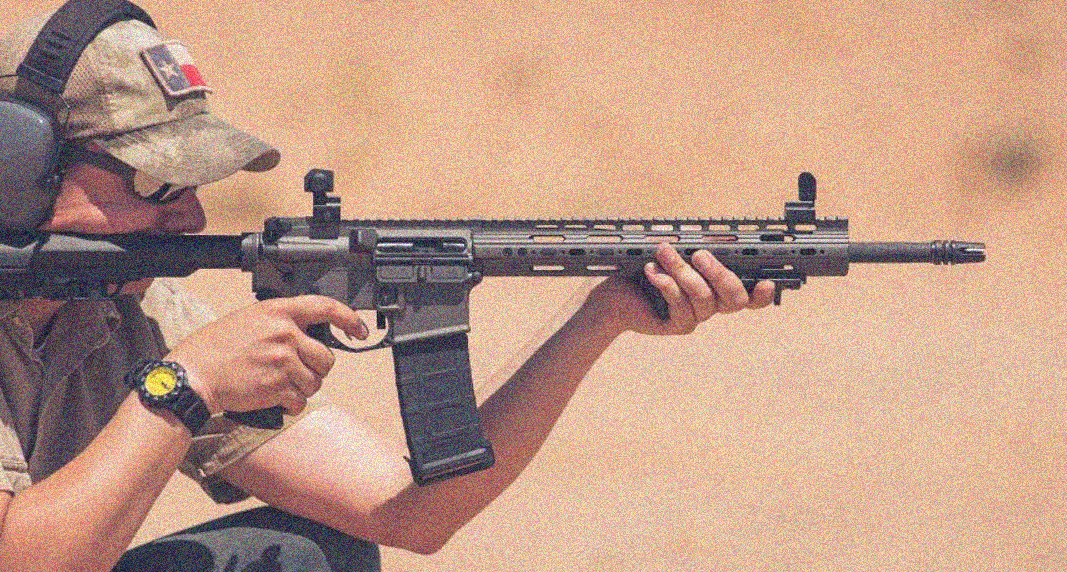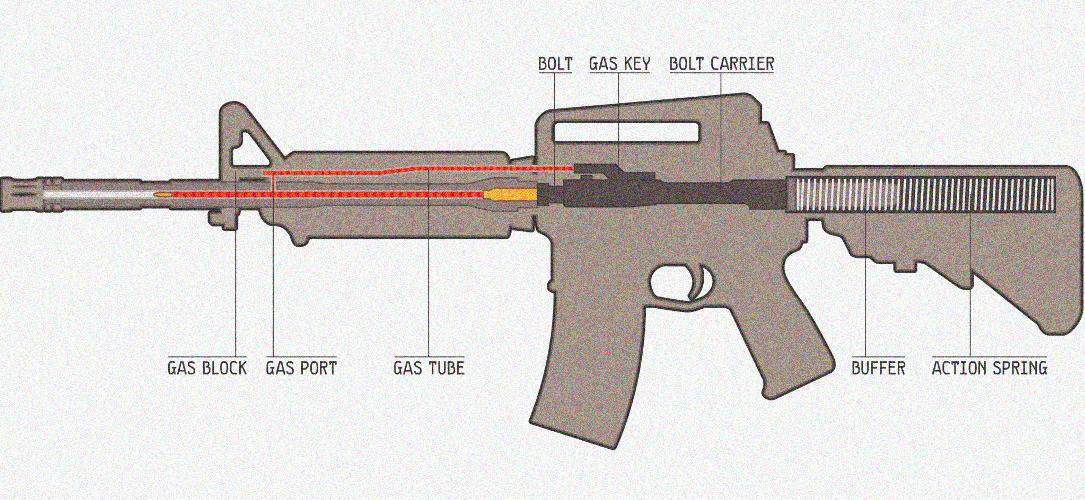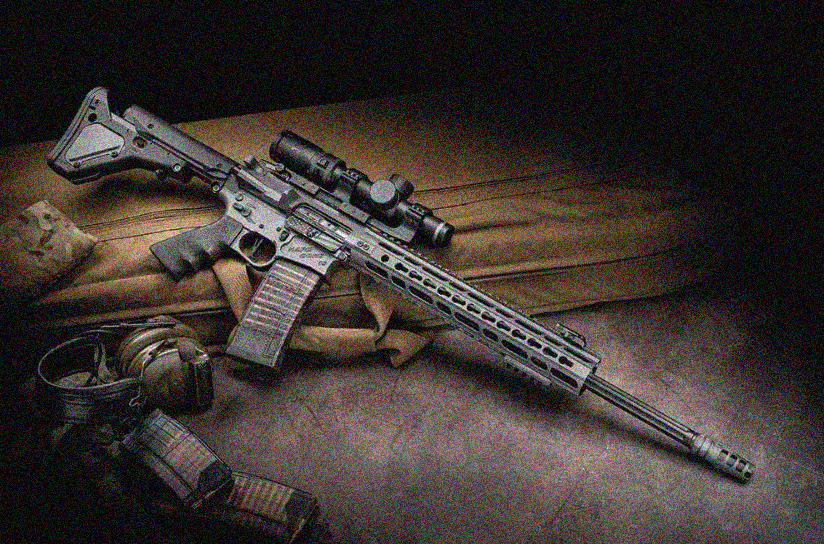One way is to adjust the gas system. By adjusting the gas system, you can change the amount of gas that is used to cycle the action. This will affect how much recoil you feel.
Another way to reduce recoil is to use a heavier buffer and spring. This will help to absorb some of the shocks from firing and make it more comfortable for you to shoot. You can also try using a muzzle brake or compensator. These devices work by redirecting some of the gases that are expelled when you fire, which can help to reduce felt recoil.
Finally, you can try using lighter projectiles. This will result in less mass being moved when you fire, which can lead to less recoil.
No matter what method you use, it is important to practice and become familiar with the way your rifle handles. This will help you to be more accurate when you are shooting and make it easier for you to control the rifle.
One of the benefits of the AR-15 rifle is that it has very little recoil compared to other firearms. However, there are some things you can do to reduce recoil even further.
Here are some tips:
- Use a heavier bullet. The heavier the bullet, the less recoil you’ll experience. This is because the extra weight helps to offset the force of the gun’s discharge.
- Use a lower powder charge. This will result in a lighter bullet and less muzzle energy, which means less felt recoil.
- Attach a muzzle brake or compensator. These devices redirect some of the gases that are expelled when the gun is fired, which results in a decrease in recoil.
- Use a heavier gun. A heavier gun will absorb more of the recoil from the discharge, making it feel softer to the shooter.
To reduce the recoil of an AR-15, you can do several things.
- You can use a heavier buffer spring. This will make the action cycles slower and therefore reduce the amount of energy transferred to the receiver extension and buffer assembly.
- You can add weight to the buttstock by either using lead weights or by installing a metal buttplate. This will help to absorb some of the shocks.
- You can install an aftermarket muzzle brake or compensator. These devices work by redirecting some of the gas that is expelled when the round is fired, and this serves to counterbalance some of the rearward force exerted on the firearm.
There are several ways to reduce the recoil of an AR-15 rifle:
- One is to ensure that the rifle is properly fitted to the shooter. A good fit will help to absorb some of the recoils.
- Another way to reduce recoil is to use a muzzle brake or compensator. These devices redirect some of the gas from the barrel, which helps to counterintuitively reduce the amount of felt recoil.
- Choosing the right ammunition can also make a difference. For example, using lighter bullets will produce less felt recoil than heavier bullets. So, if you’re looking to reduce recoil, be sure to keep these things in mind!
There are several things you can do to reduce recoil on your AR 15 rifle:
- One is regulating the gas flow with an adjustable gas block. This allows the shooter to control how much gas is released into the system, which also helps to lessen felt recoil.
- Another way to offset some of the rearward energy transfer is by installing a muzzle brake or compensator. These devices release some of that pressure energy horizontally, which can help to counter the recoil forces.
It’s important to remember that there are tradeoffs with any of these methods. For example, a muzzle brake will make your rifle louder and can throw debris back at the shooter (and those around them), so it’s important to consider how and where you’ll be using your firearm before making any permanent changes.
An adjustable gas block also has potential downsides, as it can be difficult to adjust on the fly and if not set correctly can cause reliability issues.
Please login or Register to submit your answer





